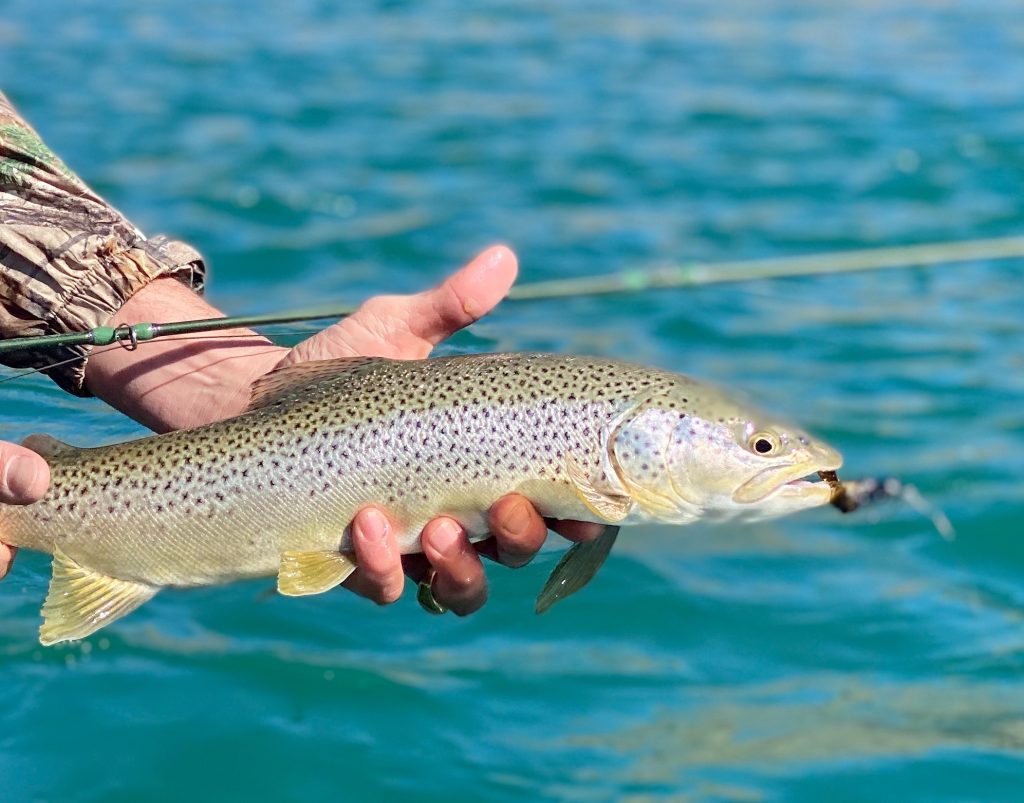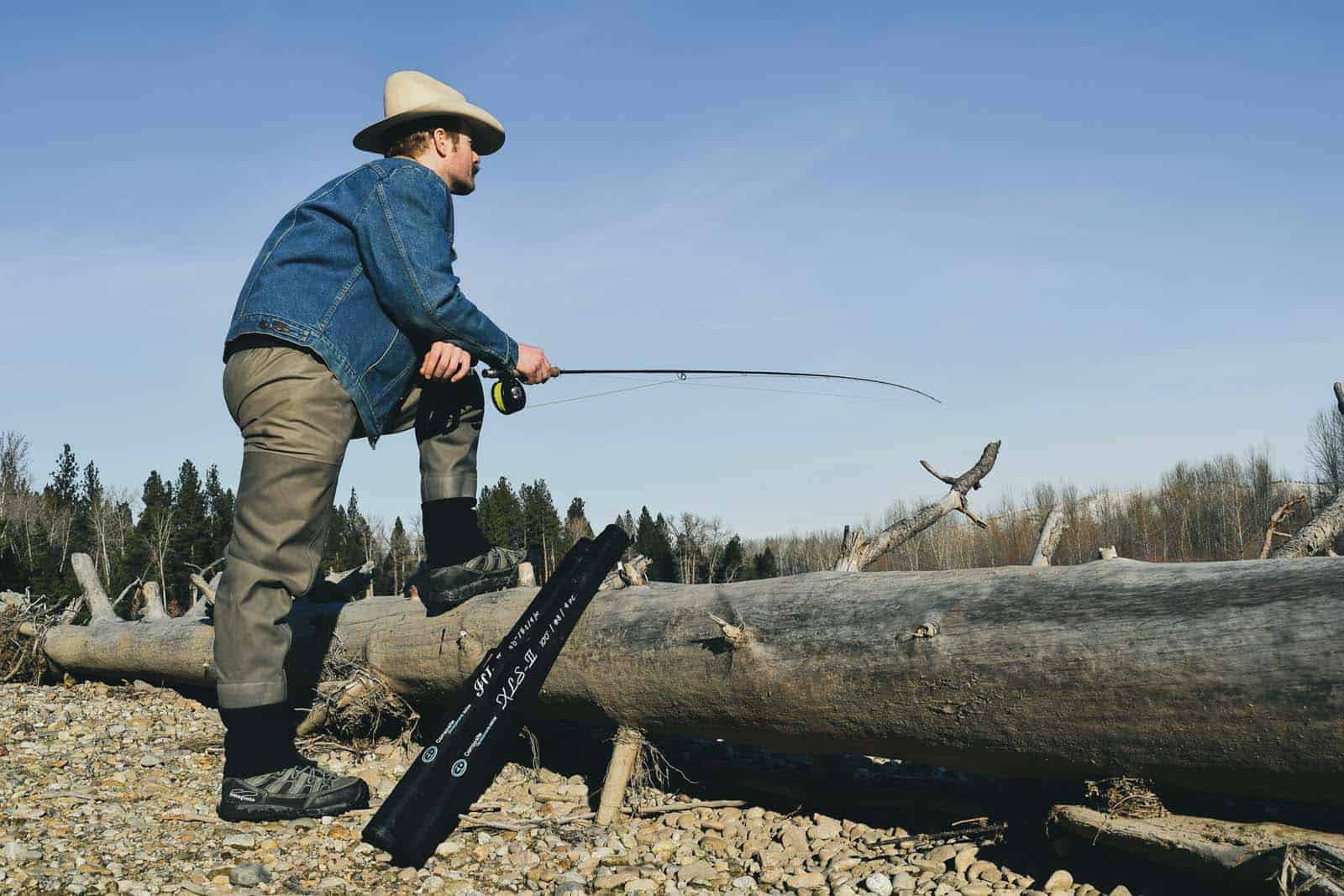How to Get your Trout Spey On!
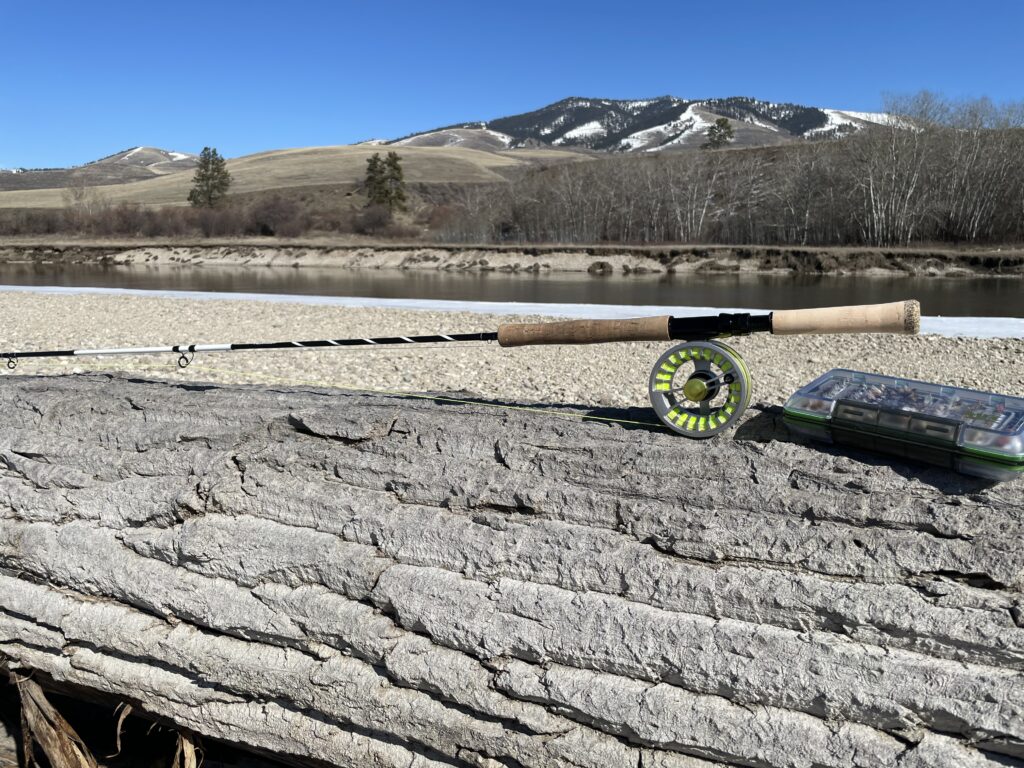
Switching it up: What is Trout Spey, How do I do it, and do I Really Want to?
I imagine that the Europeans are shaking their heads again? No doubt, the fly fishing industry is repackaging a long-established technique and re-directing it at the North American market. The wheels of the market are greased by such campaigns and the latest effort is collectively called “Trout Spey”. Usher in a new wave of hybrid rods and fly lines, tweaked and refined, to cater to the growing number of anglers looking for more reasons to bust out a two-handed rod. The intention is to straighten the learning curve for the laymen, provide the experts with a finely-tuned instrument, and keep customers poking their noses into fly shops. Of course, a new laundry list of nomenclature only serves to confuse the consumer, so we’re going to break it down here into the individual components that comprise “Trout Spey”.

The Basics
Fundamentally, Trout Spey involves techniques borrowed from steelheaders, on loan from Atlantic salmon enthusiasts, paired with a presentation that trout anglers have been relying on for generations. As for said presentation, the downstream swing (formally known as the “greased line” method) involves a cross-river cast, which leads to a uniform broadside drift of the fly at a pace that fish prefer. It is generally assumed that steelhead and salmon react to this presentation via predatory instinct or innate curiosity. It is theorized that neither of these anadromous species is actively feeding when they navigate a river system en route to natal spawning grounds. Trout, on the other hand, may take the swung fly out of instinct, but the presentation can also be used to “match the hatch”, be it emerging caddis pupa or a crawdad swimming for the bank.
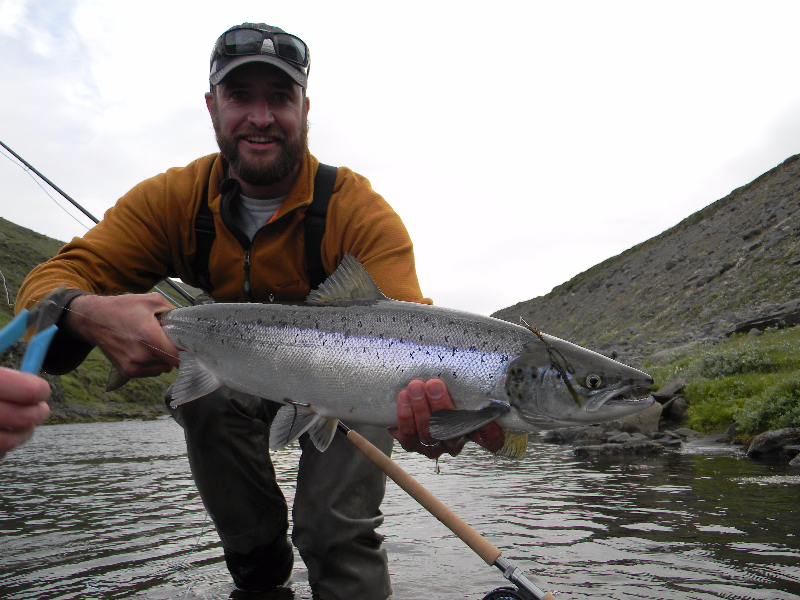
The Presentation
This idea is to is achieve a steady, consistent “swing” of the fly by adding a mend, or mends, after the cast which brings the fly under tension shortly after the line lands and continues until the fly comes to a dead stop directly below the angler’s position. The beauty of the swung fly presentation is in its simplicity, with angler success largely hinged upon the most essential trait of an effective angler…persistence. The payoff for such persistence is the tight line take, a sensation that anglers find irresistible, hence, the term “The Tug is the Drug”. In a nutshell, the fly is under line tension, with no slack involved, and when a fish takes the surge in the rod is instantaneous, versus a drag-free presentation where slack line is present and the life on the end of line is experienced post-hookset. Achieving a drag free drift and the ensuing hookset is often the steepest learning curve in trout fishing. With the swung fly method, those two factors are negated.
The Cast
Generally speaking (there are few definitives in fly fishing), the aim of the swung fly presentation is to cover the 90-degrees in front of, and downstream, of the angler’s position. How much of that 90-degrees depends on casting proficiency. It’s a numbers game, and the more fish that see the fly; the more are likely to end up on Instagram. Enter the “Spey” part of the equation. By now, most anglers have at least a layman’s understanding of Spey casting, a series of modified roll casts originated on the River Spey in Scotland. Trout Spey simply adheres these casts to the pursuit of trout rather than steelhead or salmon.
The Flies
Streamers are highly effective with the swung fly presentation. Bunny leeches, buggers, and zonkers will do the trick, and greased line anglers prefer to have the hook positioned at the rear of the fly. This modification results in more hookups, as fish tend to take the fly from the rear with this approach, versus a headfirst or sideswipe when stripping off the bank. Fly bins in shops throughout the Rockies are now well stocked with such specific flies, or you can tie your own using wire, Dacron backing, or Fireline for the rear hook. The other advantage is the capacity to create a large fly with a small hook, which is less likely to shake loose during the ensuing fight. As mentioned, pupa and emergers can be deadly on the wet fly swing. Anglers have known this for eons but seem to have forgotten in lieu of hopper-dropper rigs, Czech or Euro nymphing, and double nymph setups beneath indicators.
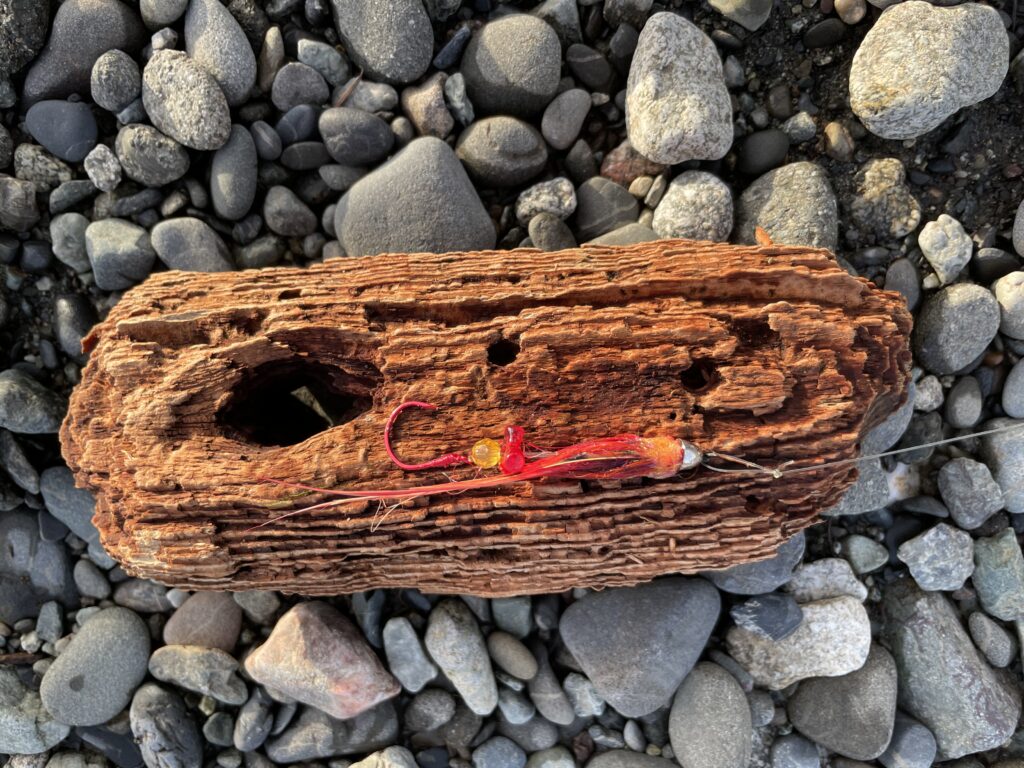
The Rod
A “Switch” rod can be loosely explained as a standard trout rod modified with a long handle for achieving the two-handed casts associated with Trout Spey. These rods are generally longer than the standard 9’ designation, typically 10’ or longer. The “Switch” moniker infers that the rod can be cast using either overhead casts or Spey maneuvers. The added length equates to longer casts and added reach for making the afore-mentioned mend. Of course, all of this can be, and has been, successfully executed with a standard single-handed fly rod, but in the eternal quest to improve techniques, the Switch Rod was born.
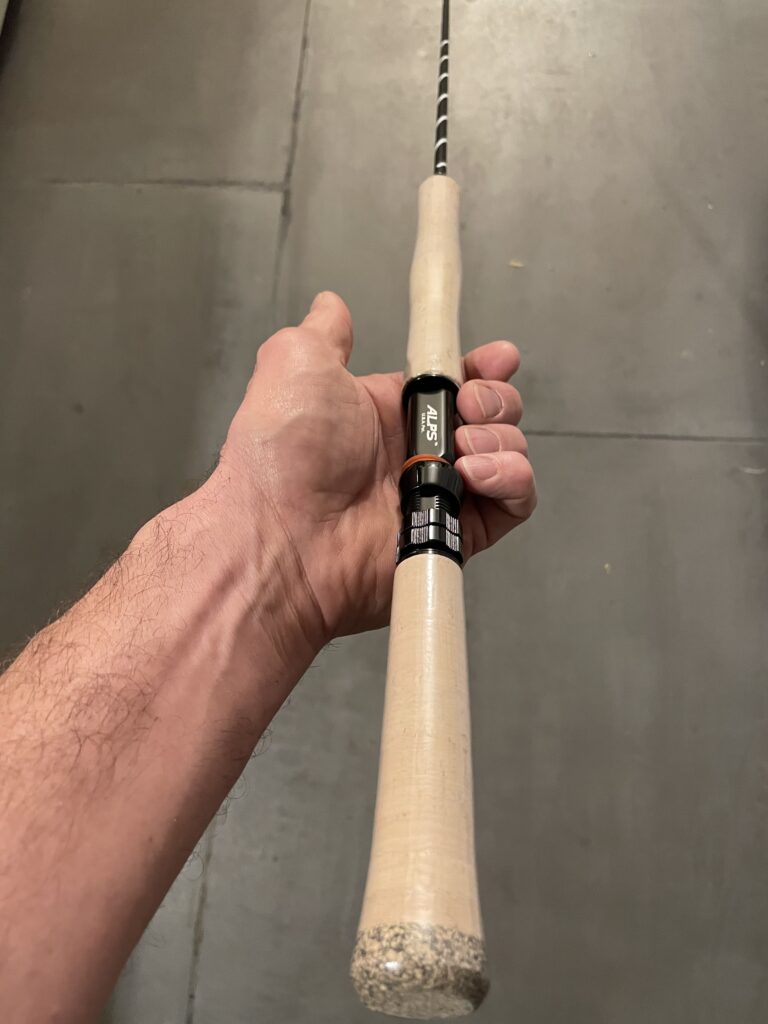
The Line
As for fly lines, standard weight forward, double-taper, and triangle taper (which work nicely for Spey casting) floating fly lines will all suffice, but, of course, there is now a litany of Trout Spey specific fly lines available for purchase via the major players (Airflo, Rio, and Scientific Anglers). The old system of matching line weight to rod is mostly out the window relevant to Trout Spey, and a line such as a “Skagit Max 425” might be the right fit on your 6 WT Switch. It has all become more confusing than it needs to be, and I highly recommend seeking advice from a local fly shop that is well-versed in Trout Spey.
Dry flies, Nymphs, and Droppers
A friend of mine allows me to access a local river via his property. A few miles of river await me, between popular boat ramps, with the best run a few miles downstream. The trout, especially the larger ones, tend to hug an undercut bank on the opposite side of the river. The gravel shelf on my side drops off sharply and I can only wade within my longest double-haul of the feeding lane. If I can reach it, I can barely get a drift. Enter the switch rod. Trout Spey isn’t just for swinging flies. Dry flies, dry droppers, and even nymphs can be launched and better controlled with the aid of a two-handed trout stick. For wade anglers on big rivers, competence with a switch rod is a game-changer.
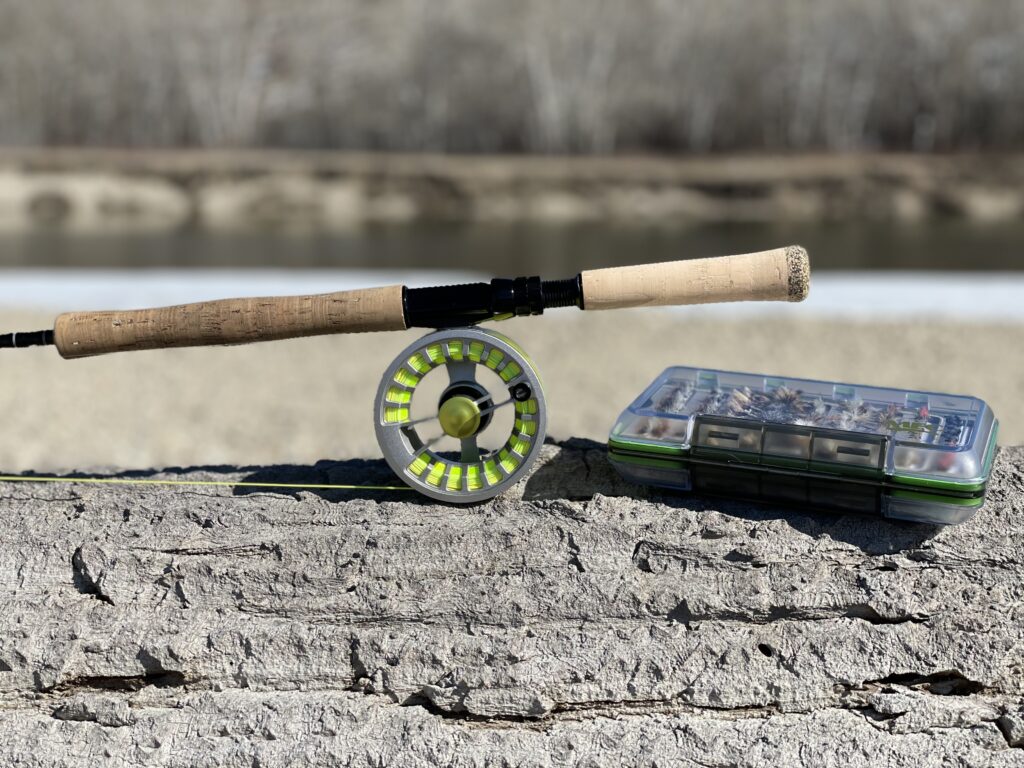
The End of the Swing
Trout Spey not only improves catch rates and adds to the bottom line of shop keeps, the tactic will add a repertoire of casts to an angler’s arsenal and extend the fishing season. Along the Rocky Mountain Front, wintertime is associated with deep nymphing, but a slow swung streamer will entice lethargic fish to take, and just might result in the biggest fish of the season!
